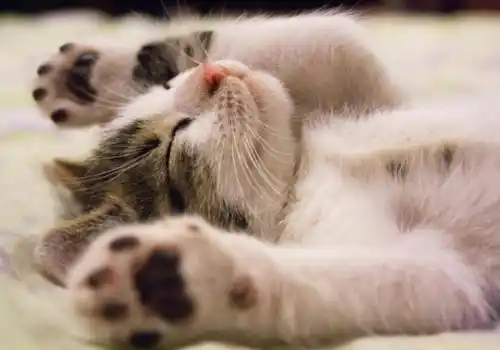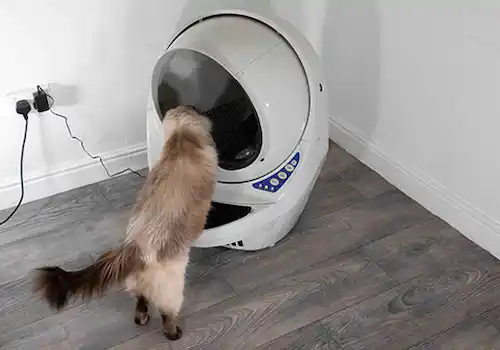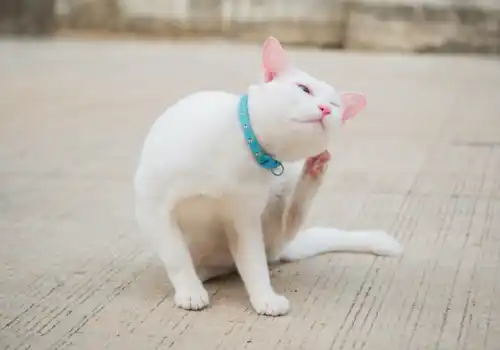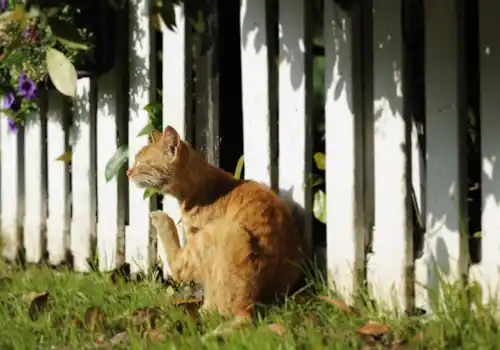If your cat over-grooms so much that he's going bald, follow vet Elise Robertson's advice.
(Q) My cat over-grooms, sometimes to such an extent that his tummy and back legs are bald. The vet keeps giving him steroid injections but they never seem to help. What could be wrong?
Vet Elise Robertson says: The majority of cats who over-groom are usually suffering from either a primary skin condition or pain. There are also many cases where overgrooming is due to stress can be the major inciting cause; but first we need to rule out all other medical causes.
If your cat is over-grooming you will notice patches of broken or sparse hair, complete hair loss in areas and occasionally damage to the underlying skin. An affected cat may lick, chew, pluck or bite areas of hair or skin and the behaviour can be difficult to interrupt.
Over-grooming can occur on any part of the body that the cat can reach with his tongue. The most common places are the belly, inside of the hind legs, the legs, lower back and across the flank. The patches can often appear symmetrical on either side of the body. Probably the most common cause of over-grooming is due to a hypersensitivity to flea saliva. Cats can also develop skin reactions due to dietary intolerance and environmental allergens such as house dust mites and pollens.
Over-grooming should be distinguished from genuine alopecia, which is partial or complete absence of hair from areas of the body where it would normally grow. The difference between true alopecia and over-grooming is that when hair is removed deliberately with either the barbed tongue/and or nibbling with the incisors (front teeth), the remaining broken hair shafts feel spiky and sharp. This is in contrast to alopecia where the hair feels soft and normal to touch.
Another condition, called feline hyperesthesia syndrome, can also cause intense over-grooming. This is a poorly understood condition resulting in bizarre behaviours including skin rippling and sudden bouts of intense grooming/selfmutilation, often of the lower back and tail base.
Once your vet has excluded underlying medical condition(s) as a cause of overgrooming, you may then be referred to a behaviourist. A behaviourist can help you identify and address environmental stressors/behavioural triggers that lead to over-grooming and help find ways to manage the cat's response to these stressors.







